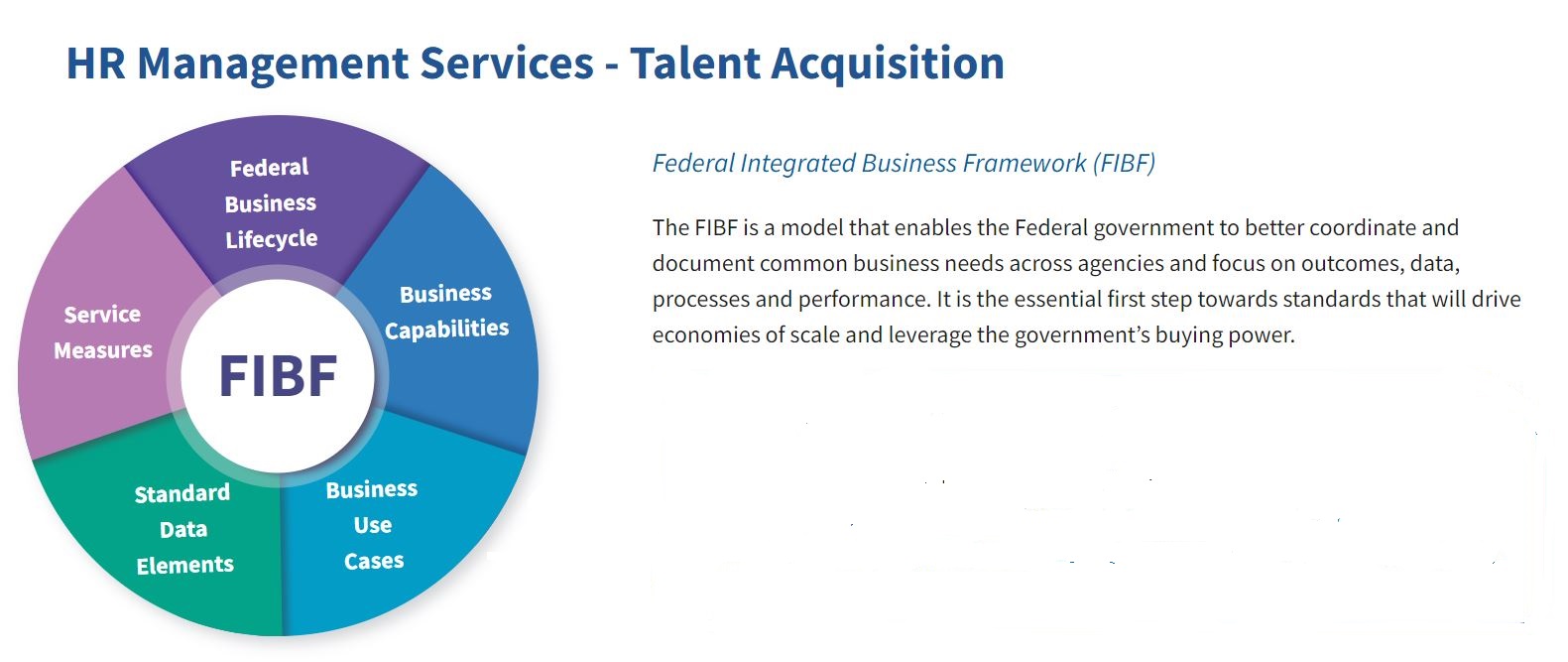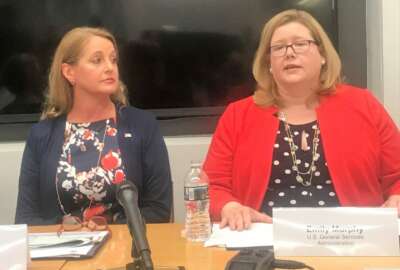HR Line of Business sets ‘guiding principles’ for managing the employee lifecycle
The HR Line of Business and Quality Service Management Office completed this year-old effort earlier this year to update the HR business reference architecture.
Federal human resources employees now have a standard set of data and business elements, and performance measures to lean on as they modernize their hiring and other processes.
The HR Line of Business and Quality Service Management Office completed this year-old effort earlier this summer to update the HR business reference architecture.
Jeff Pollack, the human resources line of business program manager at the Office of Personnel Management, said these standards will bring more efficiency and better results to agency HR functions.
“It is our guiding principle for human capital management that includes the employee lifecycle. The five functional areas that encompass the employee lifecycle: Talent acquisition, talent development, employee performance management, compensation management and separation or retirement,” Pollack said in an interview with Federal News Network. “Then to complete the human capital business reference model, we’ve posted the rest of the functional areas, which included in enabling and supporting areas on Regulations.gov, those will make it to us the General Services Administration’s Unified Shared Services Management’s website in the upcoming months.”
Pollack said the business reference model includes data standards, taxonomies and process directions. The reference model falls under the Federal Integrated Business Framework (FIBF), which are the service profiles for how mission support delivers on their functional work. There are FIBF standards for financial management, cybersecurity, grants management and 10 other back-office areas. GSA created the USSM, now the Office of Shared Solutions and Performance Improvement (OSSPI) as part of the revamping of the shared services effort in 2019.
Pollack said the FIBF for human capital breaks down each portion of the human capital business reference model into different activities that need to be completed to deliver on that functional area as well as the capabilities or requirements down to the regulation, law policy level of what agencies need to deliver data standards.

“What data elements do you need in order to deliver on these standards? What are the performance metrics to determine how well you’re doing on delivering on these capabilities?” he said. “These are not system requirements. These are not IT requirements. These are requirements to deliver human capital management in the federal agencies.”
The effort to finalize the employee lifecycle functional areas started in January and culminated in August with the posting of the final standards.
The interagency effort included feedback from industry providers, sought to ensure they were inline with current policy as well as the users themselves.
Pollack said once the working group completed the initial draft, the OPM policy office approved the document, and then the HR LOB posted it on the OMB max.gov site to gather further comments. Finally, the HR LOB sent the standards out for public comment on Regulations.gov. Pollack said what comes from that are these final standards, which is a living document and will be updated over time.
Reference model as a checklist
In the meantime, agencies already are taking advantage of the new standards and business processes.
Steve Krauss, the senior advisor for the HR Quality Service Management Office (QSMO) and the HR LOB at OPM, said some are using the HCBRM to compare against their own HR organizations and functions, almost using them as a checklist.
“In the area of data standards, we’re seeing agencies and OPM really start to use the data standard as sort of a translator to be able to take the data from agency systems and compare that. OPM is building dashboards and analytic tools for governmentwide use, and these standards are becoming very influential in terms of enabling the data to be interoperable and to build governmentwide pictures of important topics like attrition, time to hire and diversity, equity and inclusion,” Krauss said. “While the standards themselves are not IT requirements, there are several efforts underway across a number of different agencies who are engaged in HR IT modernization efforts, and they are actually starting to build IT requirements using the standards as a foundation and a baseline. That is really important because that is what we’ve envisioned all along for agencies to use those standards and the common framework as a starting point and then adding more to the baseline.”
Additionally, contractors providing HR services, whether technology or professional, can use the standards in their offerings to better serve agencies, Krauss said.
Pollack and Krauss’ team are working with agencies to better understand the HCBRF and move them from development to implementation.
“We are working with the agencies who might want to put out a new contract to deliver on let’s say, workforce and performance analytics, and have baseline requirements of what that means in the federal government,” Pollack said. “It’s exciting. We’re setting up one-on-one meetings with the agencies who might be interested in following that evolution.”
Pollack said now that the Federal Integrated Business Framework (FIBF) for the employee lifecycle is complete, the HR LOB and QSMO is working on finalizing the next piece to the HCBRM, which includes the functional areas called agency strategic policy and operational plans, agency human capital evaluation, employee relations and continuous vetting, labor relations, workforce analytics, and employee records.
“These are areas that are not your hire-to-retire, but what agencies still do deliver for their employees,” he said. “We also posted in July on Regulations.gov another product called the human capital information model. This gets more into the technical area of the data standards. What the HCIM has are how those data elements exist in the ecosystem of human capital. We actually map an element to a system and form that exists so that you know when you look at the SF-75 and the SF-50, and you look at a data repository like EHRI, you know that the same element is the same element across the board. This is really important to create more confidence in the governmentwide dashboards.”
Copyright © 2025 Federal News Network. All rights reserved. This website is not intended for users located within the European Economic Area.
Jason Miller is executive editor of Federal News Network and directs news coverage on the people, policy and programs of the federal government.
Follow @jmillerWFED






